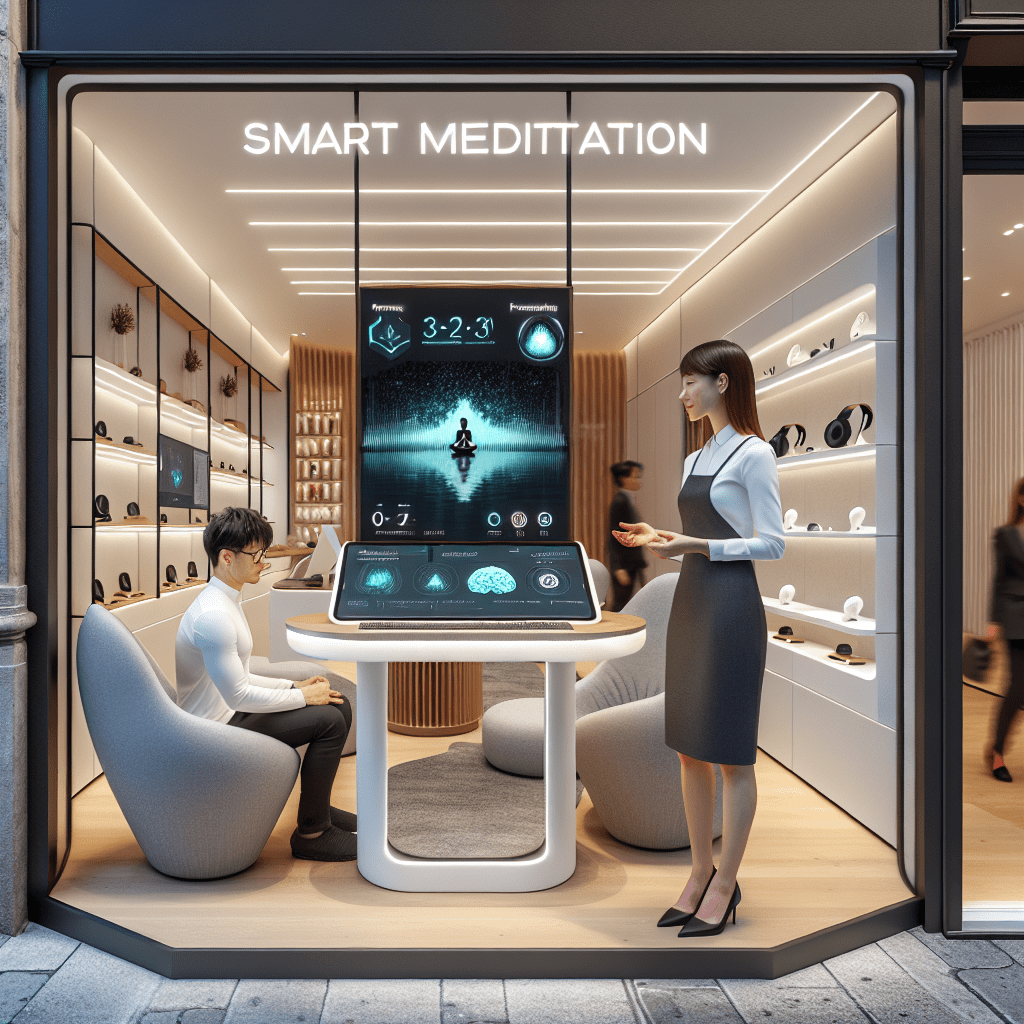
Prioritize your mental well-being daily. Enhance your life by nurturing your mental health with the Smart Meditation app. Break free from stress, alleviate anxiety, and enhance your sleep quality starting today.
Which Of The Following Theories About Anxiety Is Based Upon Intrapsychic Theories?
Unraveling the Enigma: Intrapsychic Theories and Anxiety
Anxiety – it’s a word that echoes in the corridors of our minds and manifests in the chills down our spine. It’s almost as if our very psyche is entwined with an invisible foe, battling within the confines of our own internal universe. Among the plethora of theories aiming to unravel the mysteries of anxiety, a significant spotlight shines on the Intrapsychic Theories. Let’s dive into this fascinating realm, shall we?
The Intrapsychic Odyssey: Navigating the Mind’s Labyrinth
The essence of Intrapsychic Theories is not just a topic that’s bandied about in the hallowed halls of psychology departments but is also a fundamental pillar in understanding the labyrinth that is human anxiety. At its core, these theories propose that anxiety is the result of a tussle occurring within the individual’s own mind – an internal conflict between different parts of the psyche, namely the id, ego, and superego, a concept introduced by none other than Sigmund Freud.
Freud’s Insight: The Cornerstone of Intrapsychic Theories
-
Sigmund Freud’s Grand Staging: When it comes to talking shop about Intrapsychic Theories, it’s impossible not to tip our hats to Freud. His theory posits that anxiety stems from the ego’s struggle to balance the demands of the id, superego, and external reality. The id seeks instant gratification, the superego demands moral perfection, and when the ego can’t keep up with juggling these demands, voila! Anxiety rears its head.
-
Defense Mechanisms: Throw into the mix Freud’s notion of defense mechanisms – unconscious protective measures that the ego deploys to ease the stress of this tug-of-war. Yet, when overused or misfired, these very mechanisms can lead to anxiety symptoms.
Hopping aboard the Freudian Express for a moment, let’s ponder. Ever felt a knot in your stomach during a moral dilemma or when your desires clash with societal expectations? That’s the intrapsychic conflict in live action, showcasing Freud’s theory isn’t just about couch sessions but about real, palpable human experiences.
Beyond Freud: The Evolution of Intrapsychic Theories
While Freud set the stage, the narrative didn’t end with him. Other scholars expanded on these initial notions, introducing more nuances into the framework of intrapsychic theories.
-
Jung and the Collective Unconscious: Carl Jung, for instance, introduced the idea of the collective unconscious, a depot of universal archetypes, which can also contribute to anxiety when individual aspirations clash with these primordial images.
-
Object Relations Theory: Diverging slightly, Object Relations theory suggests that early relationships with primary caregivers can shape the way individuals internalize images of themselves and others, potentially leading to anxieties rooted in these intrapsychic representations.
Wrapping it Up: The Relevance Today
So, why bother understanding the nitty-gritty of Intrapsychic Theories in today’s hustle and bustle? Well, they offer a profound depth of insight into the ‘whys’ and ‘hows’ of anxiety that surpasses the superficial. They remind us that anxiety isn’t just a series of neurochemical mishaps but a complex interplay of our deepest desires, fears, and the eternal quest for balance.
In our journey of self-discovery and therapeutic exploration, appreciating the role of intrapsychic conflicts is akin to being handed a map in the psychological wilderness. It empowers individuals and therapists alike to navigate through the fog of anxiety with a lantern of understanding, illuminating paths toward healing and equilibrium.
In conclusion, the theories surrounding the shadowy realm of anxiety are as multifaceted as the human mind itself. Yet, it’s clear that Intrapsychic Theories, with their rich tapestry woven from the threads of Freudian insight and its successors, hold a pivotal key to unlocking the mysteries of anxiety. It’s an odyssey worth embarking upon, for within the enigma of our inner conflicts, lies the potential for profound self-realization and the promise of inner peace.





